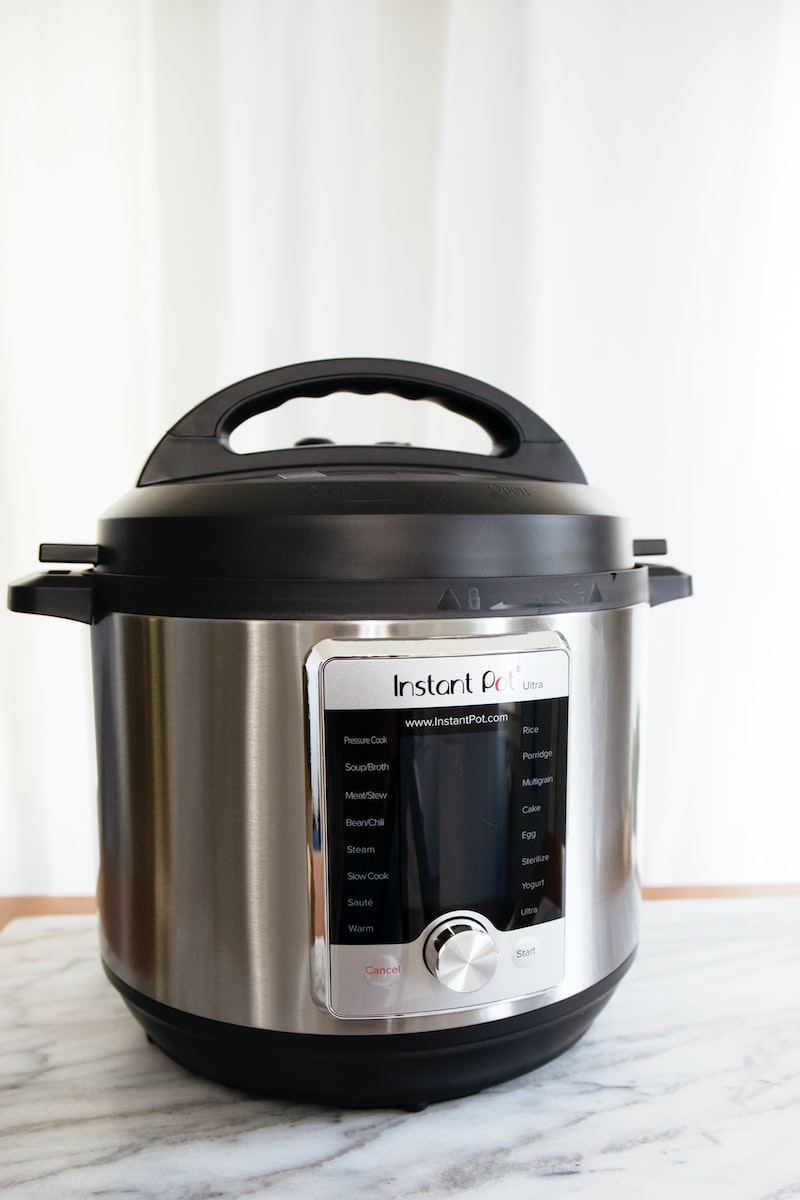The Wall Street Journal reported this week that sales of the Instant Pot (or Instapot, for those of you who like brand names) are down significantly.
META (Facebook and Instagram) also announced this week that they are getting out of the NFT space.
How are these things related? Let’s take a look:
If you’ve been invited to participate in a bridal shower or college send-off in the past decade, chances are that “Insta-Pot” (and everything that goes with it) was high on the registry list. And why not? For $100, a new homeowner has the ability to cook any number of amazing foods in just one appliance.
Rice? Yes! Yogurt! Why not? Soup! The best you’ve ever had! Smoked pork ribs and ice cream? The Instapot can do all these things… and more!
The problem is that the market quickly got over-saturated with Instapots and all the various knock-offs and accessories. But unlike other kitchen tools, the average home cook may only need one Instapot in their home.
Take for example, crockpots.
Many homes have two or more to handle large potlock dinners, but at $30 apiece, it’s not as big of an investment. Plus, they’re not overly complicated and they can cook larger meals than the standard Instapot can.
Not a lot of homes have more than one Instapot.
And a lot of homes that have an Instapot have decided that it’s just fine to keep in the cabinet and only bring out occasionally (if at all), as the reliable Crock-pot continues to chug along.
Sales of Insta-pots are down because there’s no real reason to buy a new one, and people are figuring out that they may not be worth the investment beyond the original novelty of them when they were first released.
(Same will soon be true for air fryers, or toasters that can toast bread AND cook a rotisserie chicken AND a pizza. Alton Brown may not be a fan of unitaskers, but there is a reason why some multitaskers are also just bad ideas.)
In the end, Instapots cater to consumers that need a unique combination of rice cooker and pressure cooker, but are okay with cooking just one of those items at a time.
How does this relate to NFTs?
A lot has been written about how NFTs are just glorified URLs pointing to a JPG that anybody can view (or download on their own), but without any semblance of actual “ownership” of the JPG itself. Web Watch won’t get into the specifics here, but we know that COFFEEZILLA and others have done a good job explaining what they actually are.
NFTs exploded on the market in the past few years, with sets like Bored Apes and others all appealing to those who want to show off how much money they have. Or maybe to buy exclusive access to a community of other “investors”. Doesn’t matter the reason…
But what’s more interesting is that Facebook and Instagram have decided that they don’t want to be in the NFT business anymore.
That’s not stopping Sesame Street from diving into NFTs late in the game, however. For just $60, you too can buy a link to an image of Cookie Monster.
But while some pre-schoolers (the typical target audience for Sesame Street) may be able to use technology better than their parents – chances are they’re not the ones looking to buy NFTs of their favorite characters.
Sesame Street jumping into the NFT game just as Facebook is pulling out of supporting NFTs is along the same lines as Instapot sales plunging after more and more knock-offs entered the market.
Oversaturation of a product (whether it be NFTs or Instapots, or whatever the next new shiny object happens to be), along with consumers looking at the products being sold – and the associated price – is the tipping point of when interest starts to decline.
NFTs were never really intended to be a mass-market product (and we use the term ‘product’ here loosely). The average consumer has no need for an NFT, and once they have one – and in some cases, an expensive one – the question is where is the cost/benefit to that purchase?
Instapot is the same – once it’s in your kitchen, what are you going to do with it, and do you still need one (or more than one) in the first place?
For some people, an Instapot is a vital part of their food prep routine. And NFTs are important to others, if they participate in the community and find value in those interactions.
But for the majority of consumers? Neither product are really worth purchasing in the end if they’re just going to end up gathering dust.
